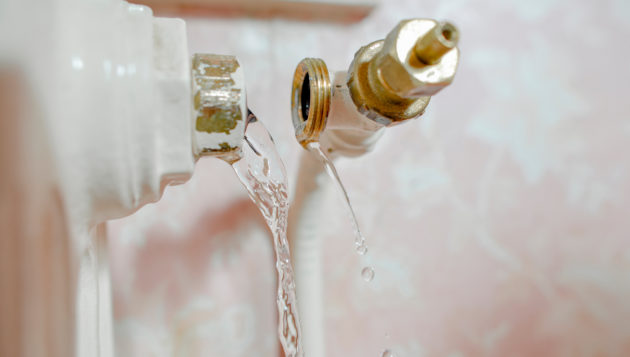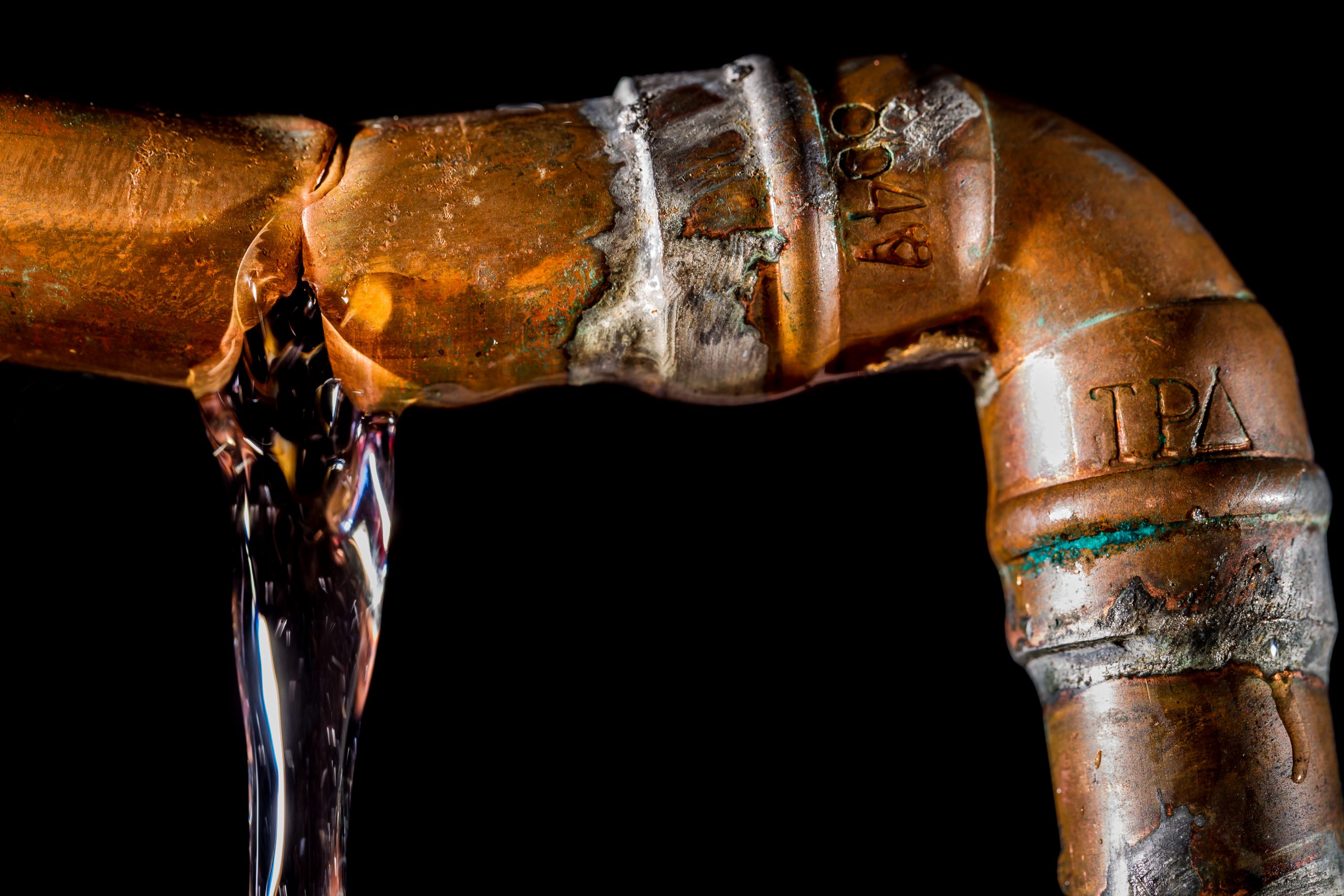Useful Methods to Winterize Your Plumbing and Prevent Freezing in Frigid Weather
Useful Methods to Winterize Your Plumbing and Prevent Freezing in Frigid Weather
Blog Article
What're your thoughts regarding Winterizing Your Pipes?

All homeowners that reside in temperate environments need to do their best to winterize their pipes. It is something you should do throughout autumn before deep winter months truly starts. Failing to do so can mean calamity like frozen, broken, or ruptured pipes. If the climate exterior is shocking, below are some helpful winterizing hacks to keep your plumbing system secured also.
Switch on the Faucets
When the temperature level decreases and also it appears as if the cold temperature will last, it will help to turn on your water both inside your home as well as outdoors. This will maintain the water streaming through your plumbing systems. You'll finish up throwing away gallons of water this way.
Open Cupboard Doors Hiding Plumbing
When it's cold outside, it would be helpful to open up cupboard doors that are masking your pipes. They can be somewhere in your kitchen area or restroom. This will permit the warm air from your heating system to flow there. Because of this, you stop these exposed pipelines from cold. Doing this small method can maintain your pipelines cozy as well as limit the potentially harmful end results of freezing temperature levels.
Take Time to Wrap Exposed Pipes
One easy and great hack to warm up cold pipelines is to cover them with cozy towels. You can likewise utilize pre-soaked towels in hot water, simply do not forget to wear protective gloves to guard your hands from the heat.
Attempt a Hair Clothes Dryer or Warm Gun
When your pipelines are nearly freezing, your reliable hair clothes dryer or warmth weapon is a godsend. If the warm towels do not help remove any type of resolving ice in your pipes, bowling hot air directly into them may help. Do not utilize various other things that create direct flames like a blow torch. This can result in a larger catastrophe that you can not manage. You might wind up harmful your pipelines while attempting to melt the ice. And in the future, you might also wind up burning your home. Be careful!
When Pipes are Frozen, shut Off Water
If you see that your pipes are completely frozen or practically nearing that phase, turn off the primary water valve promptly. You will normally find this in your cellar or utility room near the heating system or the front wall surface closest to the street. Turn it off today to avoid additional damages.
Do not forget to close exterior water resources, too, such as your connection for the yard residence. Doing this will certainly avoid extra water from filling up your plumbing system. With even more water, even more ice will stack up, which will ultimately lead to burst pipelines. If you are unsure about the state of your pipelines this winter months, it is best to call an expert plumber for an examination. Taking this positive method can conserve you thousands of dollars out of commission.
All homeowners who live in temperate environments need to do their finest to winterize their pipelines. Failure to do so can spell catastrophe like frozen, cracked, or burst pipes. If the hot towels do not aid displace any kind of resolving ice in your pipelines, bowling warm air directly right into them may aid. Turn off the major water shutoff instantly if you discover that your pipelines are totally frozen or nearly nearing that stage. With even more water, even more ice will load up, which will eventually lead to break pipes.
PREVENT YOUR PIPES FROM FREEZING THIS WINTER
A Leading Cause of Property Damage
When the weather is taking a deep nose dive into the cold dreary days, the risk of your pipes freezing and potentially bursting skyrockets. Unfortunately, during these cold dreary months, burst pipes are the most common denominator for property damage. The pipes that are most at the risk are those that are in areas where it is most cold in your home. For instance, pipes located in interior places such as basements, attics, and your garage. Unfortunately, that doesn’t mean that the pipes running through your cabinets or exterior walls can’t freeze. Good news, however, is that you can do things to help prevent pipes from freezing.
How to Prevent Pipes From Freezing
Once the temperature starts to drop during the winter, you should be taking the proper measures needed to ensure that your pipes stay warm and that there is circulation of water through them. Some steps that experts may recommend could go against your better judgement when it comes to saving water and heat. However, it would go without saying that when expenses are compared, damaged pipes could put a bigger dent in your wallet than a water bill.
What Can I Do?
Keep your garage door closed. This is very important, especially if you have water supply lines running through your garage. Open your kitchen and bathroom cabinets to allow warm air to circulate through them. Allow air circulation throughout your home. Keeping the interior doors open will once again allow the warm air to circulate inside your home. Ensure your thermostat is running the same temperature throughout the night and day. If you plan to be away from home during the cold months, set your temperature no lower than 55° F. This should provide enough heat to keep the pipes warm and prevent any remaining water inside the pipes from freezing. For more of a long-term solution, add insulation to attics, basement, and other crawl spaces around your home. By allowing your faucet to drip, it will alleviate pressure in the system. This is important because the pressure that is created between the blockage and the faucet can potentially cause the pipes to burst. Allowing the faucet to drip will prevent the pressure from building up, therefore keeping the pipes from bursting. Seal any cracks, openings, and crawl spaces around your home to prevent cold air from coming inside. This keeps your pipes-not to mention your home-warmer and less susceptible to issues caused by freezing temperatures. For the pipes in your home that are easily accessible, applying electrical tape to them might prevent them from freezing over. This is a quick fix, as you can apply the tape directly to the pipe. There are two options for heating tapes. One turns on and off by itself when it senses heat is needed. The other type of heating tape needs to be applied when heat is needed and removed when not necessary. If you have exposed pipes in your home, you can check this website to take a look at a few options that would be available at a shop near you.

As a passionate reader about Winterizing Your Pipes, I thought sharing that excerpt was worthwhile. Kindly take the opportunity to share this blog if you enjoyed reading it. We cherish reading our article about How to stop pipes from freezing during the winter.
Order Repair Report this page